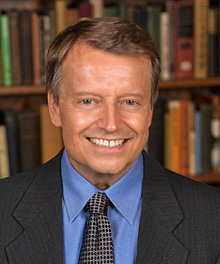
Architect and Aesthetic Realism consultant Dale Laurin writes about Marcia Rackow’s important article “Claude Monet—Does Art Answer the Questions of Our Lives?”:
Like people everywhere, I cared for the paintings of Claude Monet, especially his series on waterlilies and on the Rouen Cathedral. But this wonderful, richly illustrated article by artist and Aesthetic Realism consultant Marcia Rackow showed me and can show everyone a far greater depth and meaning in Monet’s work than we’d seen before! Her article is based on a groundbreaking principle stated by Eli Siegel, which she quotes in her opening paragraph, and on definitive statements he made as he discussed Monet’s work.
I am thrilled by Ms. Rackow’s description, so exact and vivid, of the way surface and depth, and persistence and change, are one in Monet’s art—and of her learning from Aesthetic Realism about these very same opposites in her own life!
As you read this article, you’ll love and value Monet more than ever. That’s what happened to me. And you’ll learn what artists and people everywhere need to know: through the knowledge of Aesthetic Realism, art does, indeed, as Ms. Rackow’s title states, “answer the questions of our lives”!
Ms. Rackow writes:
What makes Claude Monet’s work so beautiful, and why it has affected people all these years, is explained by this principle stated by Eli Siegel, founder of Aesthetic Realism: “All beauty is a making one of opposites, and the making one of opposites is what we are going after in ourselves.”
In a landmark radio interview, Mr. Siegel described the great new thing Monet accomplished, when he said:
Monet made the vague, the uncertain, the trembling triumphant. We have a tendency to give edges and tidiness to reality when, it could be felt, reality says: “I am not that tidy, and I don’t have those glaring edges.” So Monet wanted to see what happened at noon, and what happened at twilight; he wanted to see even stone as trembling, and a cathedral dancing delicately, and light persisting even as it changed.
The vague and definite, the uncertain and tidy, the persistent and changing are tremendous opposites in every person’s life, and they certainly have been in mine. While I could be stubborn and fixed in my ideas, I was also very changeable and tentative, adapting myself, like a chameleon, to every situation. >>Read more
